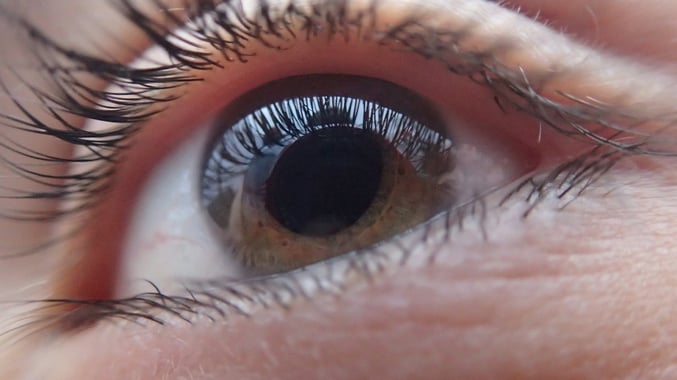Even though cataracts are the number one cause of vision loss around the world, there remains a significant amount of misinformation and myths surrounding the causes and treatments behind this degenerative eye cloudiness. Cataracts affect between 22 and 25 million Americans, often causing cloudy or blurred vision. We’ve heard all types of myths about cataracts, from treating them with common eye drops to avoiding tasks like reading and utilizing a computer to avoid making cataracts worse. Simply put, cataracts are a naturally occurring dying cells that sit on the eye’s lens, which sits directly on top of the pupil. Worsened by diseases like diabetes, these dying cells cause the cloudiness that is often associated with cataracts.
Avoiding tasks like reading, writing, and utilizing computers won’t stem the effects of cataracts. While you can limit the growth of cataracts, there are no known “reverse treatments” of cataracts outside of surgery. It’s worth noting too that cataract surgery is actually one of the safest and most studied surgeries in the entire medical field and boasts one of its highest success rates. It’s the most common surgery in the country! Here are a few more things our office would like you to know about cataracts:
- Age isn’t the only factor. While most people associate cataracts with the elderly (and about 70% of people do suffer from cataracts by the age of 75), cataracts can affect people of any age. Your lifestyle can impact the potential development of cataracts, such as your smoking habits, obesity, and your exposure to extended amounts of sunlight. Also, some medical conditions like diabetes and high blood pressure have been linked to an increased risk of cataracts. Finally, cataracts can be congenital, which means some babies are born with them.
- While you may not be able to prevent cataracts, you can lower your risk of developing them. Avoiding smoking and extended sunlight exposure by wearing UV-blocking sunglasses and hats can help lower your risk. Diabetes can significantly worsen cataracts, so ensure that you’re watching your diet and getting plenty of exercise.
- Cataract surgery is very common and incredibly safe! The surgery to remove cataracts has a 96% success rate, which means it is one of the safest procedures in modern medicine. The surgery usually only takes about 15 minutes, during which Dr. Matzkin will remove your lens, clean your eye of any debris, and insert a new lens. After surgery, you will have to wear a protective shield to sleep, but recovery time is typically about a month.
If you are suffering from cataracts and wondering what next steps to take, please let us know if we can help. Consultations are free and are always without pressure. We’d be honored to serve you and your family!


